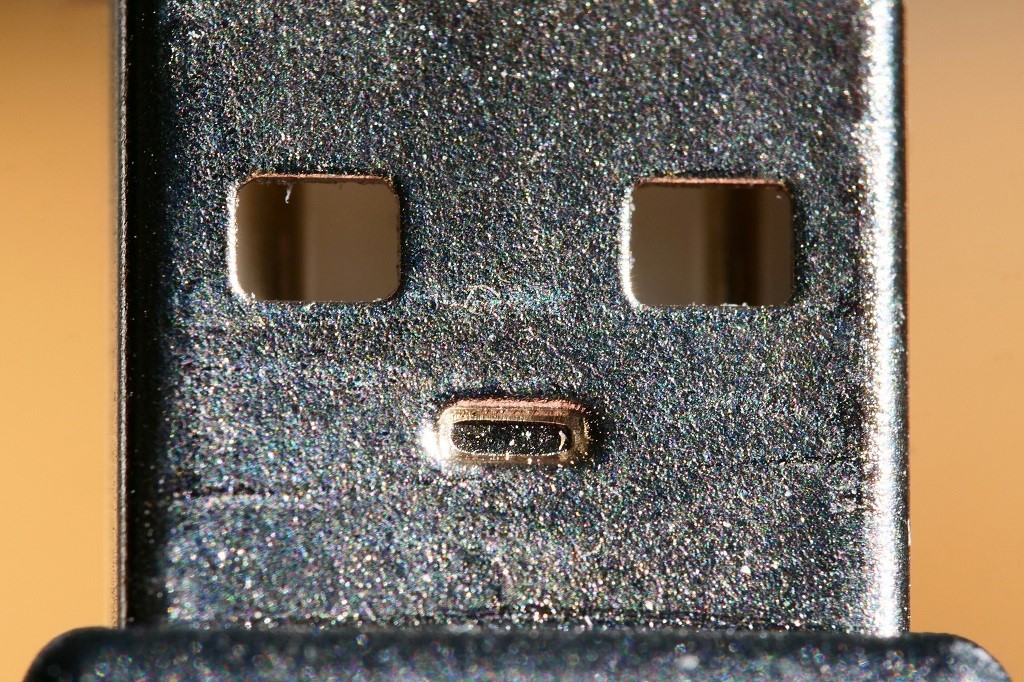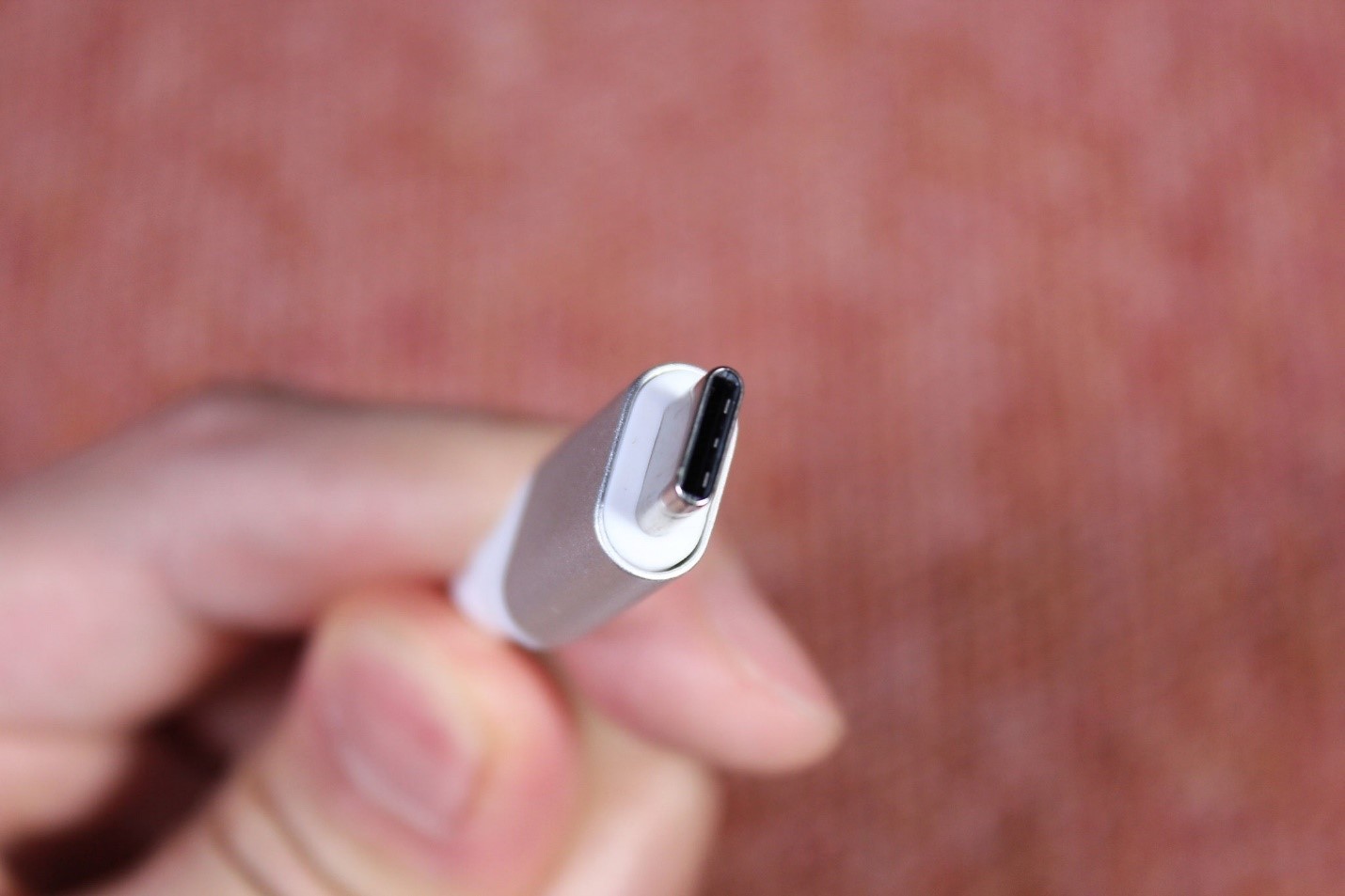Announced USB4: what's known about the standard
In USB Promoter Group presented USB4. The new standard has a bandwidth of 40 Gbps and is backward compatible with USB 3.2, USB 2.0 and Thunderbolt 3.

/ Flickr / Rolf Dietrich Brecher / CC BY-SA
Two years ago, Intel promised to release Thunderbolt 3 under a non-exclusive license and exempt hardware manufacturers from paying license fees. In early 2019, the IT giant kept the promise. The open specification formed the basis of the USB4 standard developed by the USB Promoter Group. Its draft version is already being studied by 50 companies that are members of the non-profit organization USB-IF .
')
The official release of the standard is expected in the middle of this year and will occur along with the update of USB Type-C. In addition, at the USB Developer Days 2019 in the second half of the year, the creators of the standard promise to hold thematic training sessions on working with USB4 and USB Type-C. However, real devices with USB4 will hit the market only in 2020–2021.
USB-IF has not yet disclosed the detailed specifications of USB4. However, it is already known that in addition to the doubled bandwidth (as compared to the 20 Gigabit USB 3.2 Gen 2 × 2), the new protocol will simultaneously charge and display an image (HDMI 2.0 and DisplayPort 1.2). Two-way operation will be carried out using existing USB-C cables. The interface also supports charging at up to 100 W, connecting up to two 4K displays with a refresh rate of 60 GHz or one 5K display.
Comparison table with the characteristics of previous generations of the standard:
Among the shortcomings of the solution, experts highlight the difficulty of checking the quality of new cables, since the USB4 standard will be open. As a result, consumers run the risk of acquiring a poor-quality product that can burn the device port.
This situation has already happened with USB-C 3.0 cables. One of the manufacturers had to urgently remove the goods from the sale. Then the USB Promoter Group team released the USB Type-C Authentication standard, which was supposed to confirm the "authenticity" of the gadget or cable. The organization may have to take a similar step in the case of USB4.
Residents of Hacker News also note that some USB4 functions are listed in the specification as “optional” and their implementation remains at the discretion of the manufacturer. All this can lead to confusion among customers and increase the risk of damage to the cable or port of the device.
In 2019, USB-IF also promised to provide an update to USB 3.2 - USB 3.2 Gen 2 × 2 (which we mentioned above). The main advantage of this specification will be an increase in throughput up to 20 Gb / s and the possibility of dual-band data transmission at a speed of 10 Gb / s. Backward compatibility with previous versions also remains.

/ Flickr / GEEK KAZU / CC BY
Among the minuses, experts distinguish the complex name of the standard, which again leads to confusion. The nomenclature looks illogical, given that previous versions were called Gen 1 and Gen 2. At the same time, Ars Technica notes that the name USB 3.2 now indicates the bandwidth of 5, 10 and 20 Gb / s. This can be used by dishonest manufacturers to mislead consumers and sell goods with worse characteristics at a higher price.
In general, we can say that the future of connectors - for USB-C. Most of the devices presented at CES 2019, equipped with this type of connector. It can be expected that next year at the exhibition will present gadgets with ports that support the new specification.
PS Materials from our corporate blog:
PPS Fresh posts from our blog on Habré:

/ Flickr / Rolf Dietrich Brecher / CC BY-SA
A little background
Two years ago, Intel promised to release Thunderbolt 3 under a non-exclusive license and exempt hardware manufacturers from paying license fees. In early 2019, the IT giant kept the promise. The open specification formed the basis of the USB4 standard developed by the USB Promoter Group. Its draft version is already being studied by 50 companies that are members of the non-profit organization USB-IF .
')
The official release of the standard is expected in the middle of this year and will occur along with the update of USB Type-C. In addition, at the USB Developer Days 2019 in the second half of the year, the creators of the standard promise to hold thematic training sessions on working with USB4 and USB Type-C. However, real devices with USB4 will hit the market only in 2020–2021.
What's new in USB4
USB-IF has not yet disclosed the detailed specifications of USB4. However, it is already known that in addition to the doubled bandwidth (as compared to the 20 Gigabit USB 3.2 Gen 2 × 2), the new protocol will simultaneously charge and display an image (HDMI 2.0 and DisplayPort 1.2). Two-way operation will be carried out using existing USB-C cables. The interface also supports charging at up to 100 W, connecting up to two 4K displays with a refresh rate of 60 GHz or one 5K display.
Comparison table with the characteristics of previous generations of the standard:
| USB 1.0 | USB 2.0 | USB4 | ||||
|---|---|---|---|---|---|---|
| Specification | Low speed | High speed | Super speed | Super Speed + | Super Speed + | |
| Speed | 5 Gbps | 10 Gbps | 20 Gbps | |||
| Development | 1996 | 2001 | 2009 | 2014 | 2017 | 2019 |
Potential problems with the standard
Among the shortcomings of the solution, experts highlight the difficulty of checking the quality of new cables, since the USB4 standard will be open. As a result, consumers run the risk of acquiring a poor-quality product that can burn the device port.
This situation has already happened with USB-C 3.0 cables. One of the manufacturers had to urgently remove the goods from the sale. Then the USB Promoter Group team released the USB Type-C Authentication standard, which was supposed to confirm the "authenticity" of the gadget or cable. The organization may have to take a similar step in the case of USB4.
Residents of Hacker News also note that some USB4 functions are listed in the specification as “optional” and their implementation remains at the discretion of the manufacturer. All this can lead to confusion among customers and increase the risk of damage to the cable or port of the device.
USB 3.2 update
In 2019, USB-IF also promised to provide an update to USB 3.2 - USB 3.2 Gen 2 × 2 (which we mentioned above). The main advantage of this specification will be an increase in throughput up to 20 Gb / s and the possibility of dual-band data transmission at a speed of 10 Gb / s. Backward compatibility with previous versions also remains.

/ Flickr / GEEK KAZU / CC BY
Among the minuses, experts distinguish the complex name of the standard, which again leads to confusion. The nomenclature looks illogical, given that previous versions were called Gen 1 and Gen 2. At the same time, Ars Technica notes that the name USB 3.2 now indicates the bandwidth of 5, 10 and 20 Gb / s. This can be used by dishonest manufacturers to mislead consumers and sell goods with worse characteristics at a higher price.
In general, we can say that the future of connectors - for USB-C. Most of the devices presented at CES 2019, equipped with this type of connector. It can be expected that next year at the exhibition will present gadgets with ports that support the new specification.
PS Materials from our corporate blog:
- The future of carrier services: what does the client need?
- Why the Internet is going up: the opinion of telecom operators
- Thicker “pipe” - more problems, or how 5G networks and DDoS are connected
PPS Fresh posts from our blog on Habré:
Source: https://habr.com/ru/post/443106/
All Articles